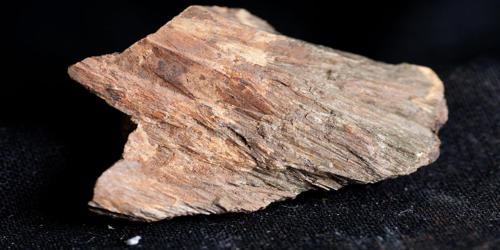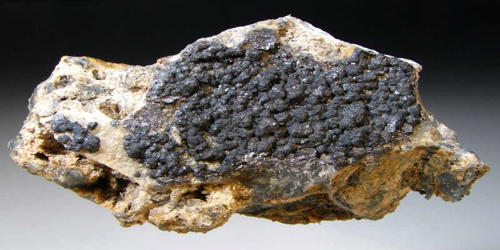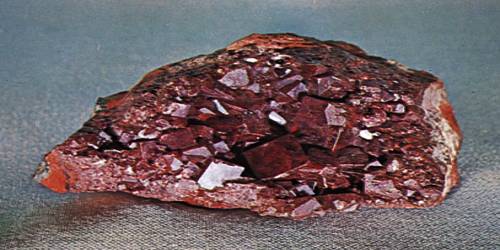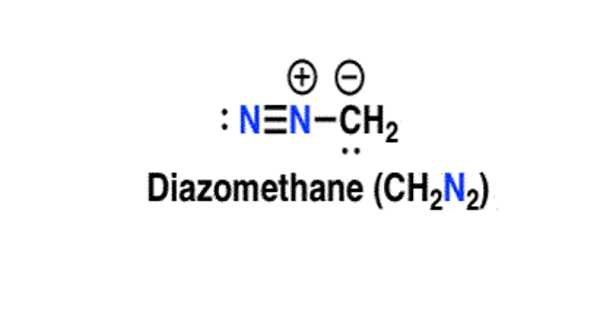Merrillite is a calcium phosphate mineral with the chemical formula Ca9NaMg(PO4)7. It is a calcium phosphate mineral found in some meteorites. It is an anhydrous, sodic member of the whitlockite group. It is the anhydrous end-member of the merrillite–whitlockite solid solution series, with whitlockite (Ca9[Fe, Mg][HPO4][PO4]6) being the hydrogenated end member.
Merrillite was revalidated as a valid species in 1976. Merrill (1915) described the mineral from (at least) 4 meteorites, which may be considered type localities: Alfianello, Dhurmsala, Pultusk, Rich Mountain.
Discovery and naming
The mineral is named after George P. Merrill (1854–1929) of the Smithsonian Institution. Merrill had described the mineral from four meteorites in 1915: the Alfianello, Dhurmsala, Pultusk, and Rich Mountain meteorites. The mineral was not recognized as distinct from whitlockite, however, by the IMA until 1975.

General Information
- Category: Phosphate mineral
- Formula: (repeating unit) Ca9NaMg(PO4)7
- Crystal system: Trigonal
- Crystal class: Ditrigonal pyramidal (3m) (same H-M symbol)
Properties
- Color: Colorless to white
- Crystal habit: Occurs as anhedral grains
- Cleavage: Poor – indistinct
- Tenacity: Brittle
- Luster: Vitreous
- Specific gravity: 3.1 (measured)
- Optical properties: Uniaxial (-)
- Density: 3.1 g/cm3 (Measured) 2.88 g/cm3 (Calculated)
Occurrence
Merrillite is a very important constituent of extraterrestrial rocks. Natural merrillite is generally igneous, although it can occur as a metamorphic product in chondritic meteorites. It occurs in pallasites, lunar rocks, martian meteorites, and many other meteorite groups.
















